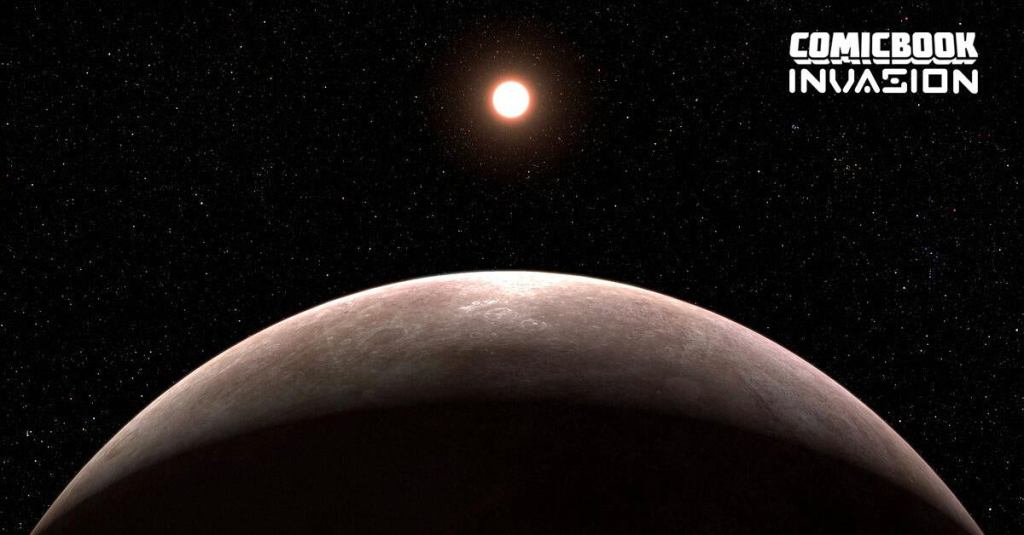After a year in commission, the Webb Space Telescope has spotted its first exoplanet. Using data previously obtained by NASA’S Transiting Exoplanet Survey Satellite (TESS), researchers were able to use Webb to zero in on a solar system in the constellation Octans. Just 41 light-years away, a team at Johns Hopkins found that the planet LHS 475 b is not only nearly identical in size to Earth, but it also happens to reside in a distance from its star that could potentially provide the planet an atmosphere and, in turn, make it habitable.
Videos by ComicBook.com
“There is no question that the planet is there. Webb’s pristine data validate it,” physicist Jacob Lustig-Yaeger said about the discover. “The fact that it is also a small, rocky planet is impressive for the observatory,” Kevin Stevenson continued.
Though LHS 475 b is much closer to its star than Earth or any other planets in our solar system, the star is a red dwarf star with a temperature half of the Sun. The latest data was captured using Webb’s Near-Infrared Spectrograph (NIRSpec), which will continue to be analyzed by researchers.
It has yet to be seen if the planet does, in fact, have an atmosphere but scientists are hopeful to find out sooner rather than later. “There are some terrestrial-type atmospheres that we can rule out,” added Lustig-Yaeger. “It can’t have a thick methane-dominated atmosphere, similar to that of Saturn’s moon Titan.”
It’s also possible the planet has no atmosphere whatsoever, because the data did inform scientists the surface temperature is “a few hundred degrees” warmer than Earth. Because of that, if an atmosphere did exist, it’d likely look similar to Venus in that the entire planet is surrounded with a dense cloud.
Whatever the case, finding this first exoplanet is just the beginning for Webb’s work, scientists say. This rocky planet confirmation highlights the precision of the mission’s instruments,” Stevenson said. “And it is only the first of many discoveries that it will make.” Lustig-Yaeger concluded. “With this telescope, rocky exoplanets are the new frontier.”
For additional space and cosmic stories, check out our ComicBook Invasion hub here.









